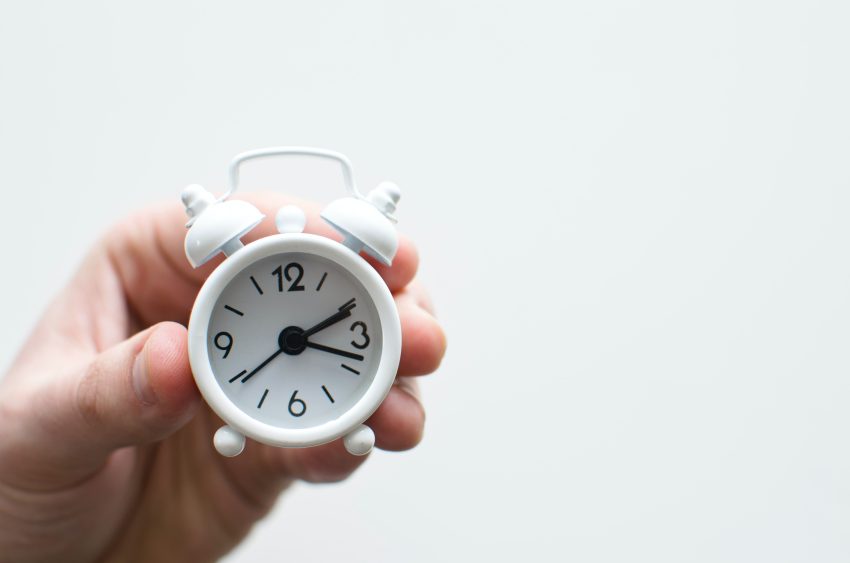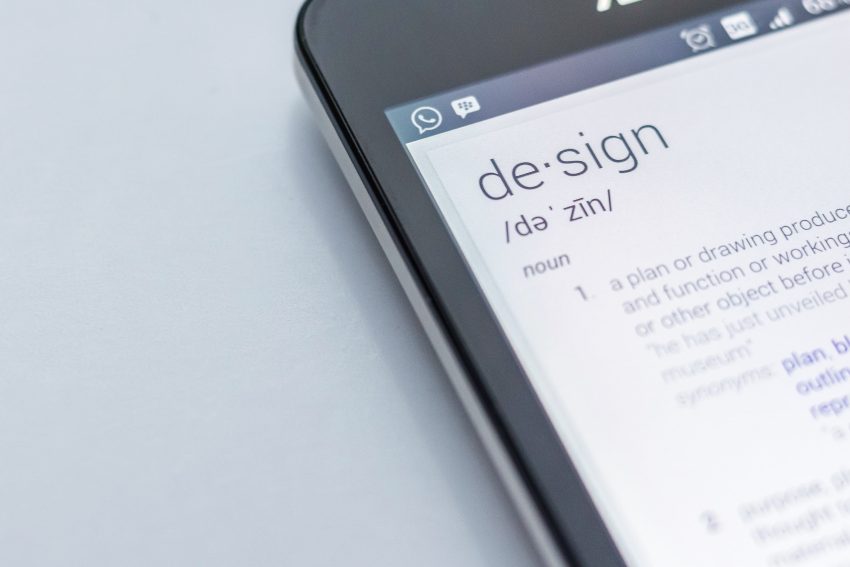We have a new mission. It is time to restructure the health sector.

We were sitting in Ollie’s living area, staring at our computers and wondering what we were doing. We didn’t have any clients, websites, or even a name. We didn’t know if our business would succeed, just like everyone else who starts a company.
We had some ideas about what kind of work we wanted. Even our version, “first, do not harm”, was part of our business plan.
It’s not difficult to choose what to do. It is harder to decide what you want to do.
We were happy when we got our first job designing an internet service that would help older adults stay in good health. We visited chronically ill patients in their homes as we drove around Victoria. We discovered something anyone who has ever worked in the healthcare industry knows: how it feels to improve people’s lives.
We have done a lot like this over the last 5 years. People with dementia, Parkinson’s, homelessness, and other illnesses have been our clients. We have developed systems that help people with dementia, Parkinson’s and other conditions to keep track of their medications and access important services. It’s been quite satisfying.
Some of the work felt very personal.
Last year, I was able to listen to homeless talk about how their relatively secure lives were turned into chaos. A young mother described how she fled her violent husband. She described how she had been living in her car with her children. These stories were heartbreaking.
I will never forget when my toddlers greeted me at the door that night with bear hugging and a warm welcome. I held them close and held back the tears.
Beyond the design of a great user interface, this project greatly impacted my life. The Navy is not the only one that feels this way.
Ollie’s son Seth was conceived in the same year the Navy began. In a few months, he will turn 5. However, fertility is unpredictable and having children is not easy for everyone. Seth was born through IVF after many years of heartbreak and frustration.
Ollie had the opportunity to develop a new type of IVF incubator. The machine his son Seth used to be in was an improved version. Interface to allow more people to have children like Ollie.
Everybody is aware of the shocking statistics regarding Aboriginal health. Aboriginal Australians are more likely to die than the rest of Australia, with some even dying as early as 17 years before other Australians. However, Brett met the people behind the numbers when he worked for Communicare’s software in remote communities.
A woman of Aboriginal descent lay in bed, her four children climbing up all over her. Her doctor advised her to leave the room if her husband drinks. Wow. This was not a typical design project.
Each of our health projects has been different. We have been discussing for years the possibility of specializing in health. We even created a website in 2013. We did market research. We attended medical conferences.
We didn’t do it. You don’t know why? It seemed too difficult. We all heard the same thing: “You’ll go insane”, “The healthcare industry is a mess”, and “Everything is so slow.”
We retreated. We were too afraid.
You know what? We’ve been doing this for two years now. Sometimes, even the hardest things are worth it. Perhaps the health industry has a problem. We’re going to try to fix it.
Today, I am writing to inform you that the Navy has chosen to specialize in design for the healthcare industry.
We would love to have you join us on this journey as a client, partner, or just supporter.



Leave a Reply